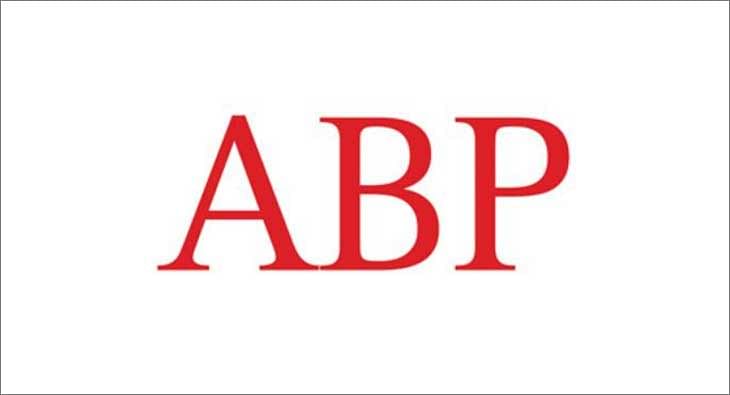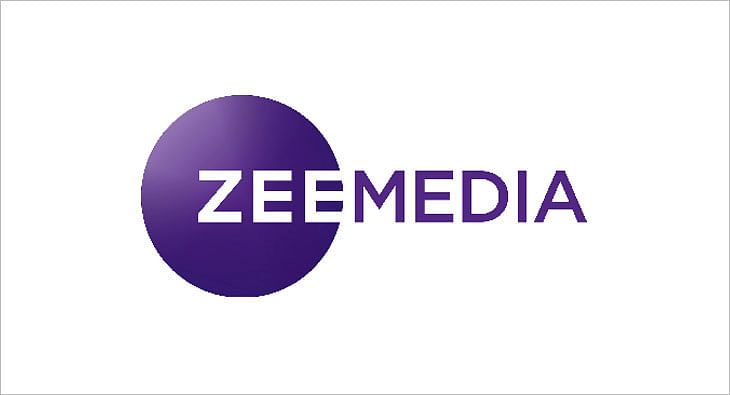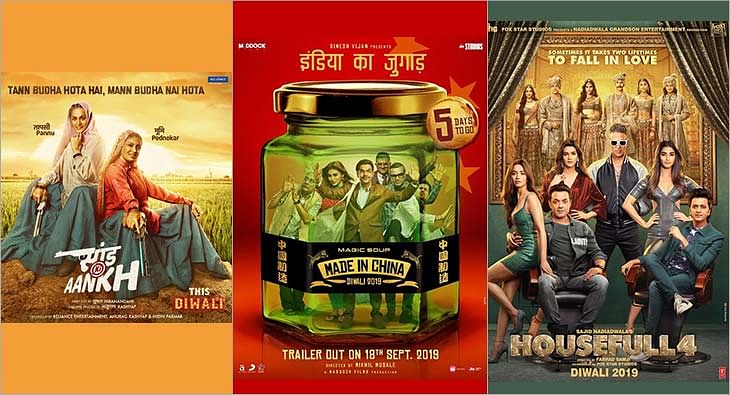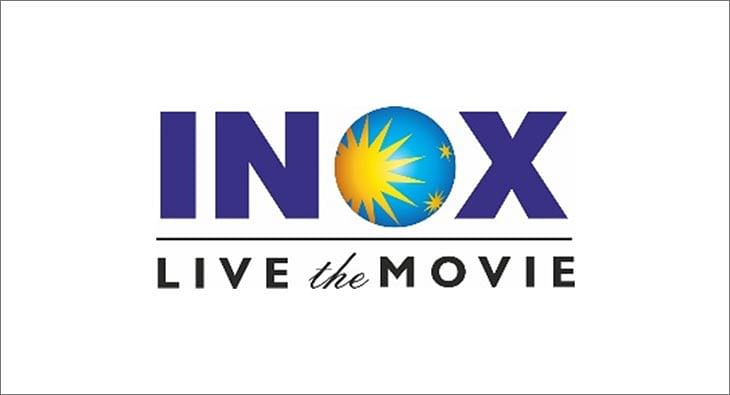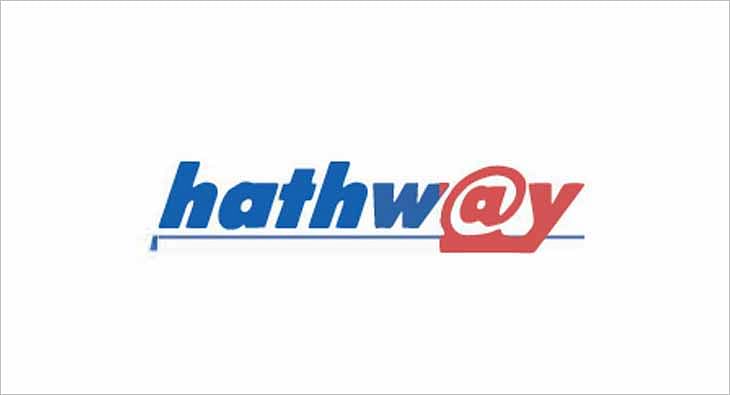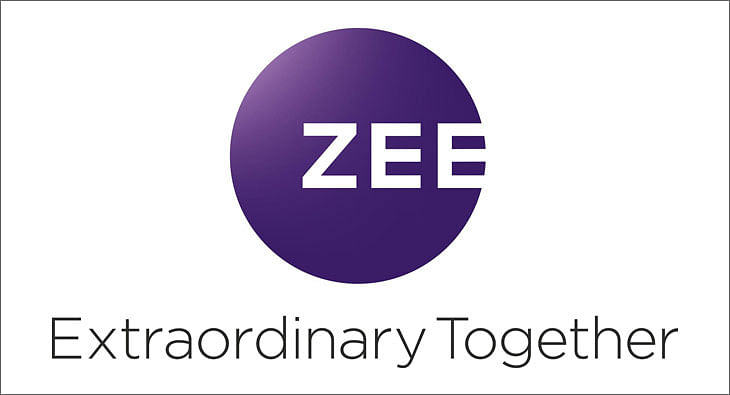Guest Column Retrofit: Making sense of redesigns and relaunches
What is it about newspaper and magazine editors and owners that makes them go in for endless redesigns and relaunches? Why do we want to contemporarise and bring up to speed the design quotient without addressing the content side? Veteran journalist Sandeep Bamzai ponders on this in light of the recent design changes in Hindustan Times.

What is it about relaunches and redesigns? Why do newspapers and magazines chase the ‘Golden Fleece’ in this regard? Why do we want to contemporarise and bring up to speed the design quotient without addressing the content side? What is it about newspaper and magazine editors and owners that makes them go in for endless redesigns and relaunches? Questions, questions… Sorry, I don’t have answers to all these posers. But I do have some theories.
Long years ago, I worked at The Illustrated Weekly. Actually it was 20 years ago. I was happy pottering along at the Indian Express in Mumbai till I received a call from one Pritish Nandy. It was the stuff of dreams. In college in Kolkata, my friends and I had followed his writings on Bhagwan Rajneesh, Frank Camper, and Jagjit Singh Chauhan with great interest. When I became a journo joining The Statesman in Kolkata, I aspired to work at The Weekly. I worked for three years at the Express in Mumbai and when Nandy called, it was as if the whole thing was fated.
Working with Pritish Nandy, despite his tantrums, was a pleasure for he taught many of us about the whole ball of wax – writing, making pages, design, fonts, photographs, visuals and graphics, and what have you. It was a fascinating journey, time stopped and one learnt and absorbed on the job. It was an education for a young reporter, who would just hit the keys, type his copy and disappear into the woodwork. But Nandy did not want journos who only wrote or made pages. He wanted a jack of all trades, master of most type.
The quality of a great visual and building a storyline around it was something that only he had a sense and feel for. One morning, he called me into his office and asked me to look at a transparency (TP) of Aamir Khan in a James Dean like posture, shot by Gautam Rajyadaksha. He drew a double spread, planted the visual strategically and ran the legend Cool underneath. Calmly he turned towards me and said that I was going to be writing the cover story. It was as simple as that.
The problem was that while the experience was terrific, there was no stability, for the Times Group was getting rid of the Gravure machine, which meant that the old style Weekly would have to be reformated. And so we went in for a tabloid size, then a broadsheet, some in colour called Elan and most in black and white. The Weekly was dying before my eyes. It was traumatic. Believe me, for a lot of us a part of us was dying before us. It was a complete travesty. Then the whispers began and Bennett in Mumbai used to leak like a sieve. That the Weekly was going to be shut down, that Pritish Nandy was leaving to join the Ambanis and their newspaper project.
Both things turned out to be true. Pritish left first and the Weekly limped around under Anil Dharker and wound up sometime in 1993. During the time that I spent at the Weekly, I saw so many changes – design, shape, size, format, look, feel that I simply lost track of sense and objectivity. It was scary, but one learnt quickly. It is against this backdrop that I view all design changes and relaunches. Always with great trepidation and discomfort.
Over the last couple of weeks, we have seen Hindustan Times go in for yet another redesign and relaunch and on Tuesday we saw The Times of India change its fonts and page one design. Now, I am not sure whether this was a one off because of an important display story – the Kasab confession? In fact, page one of TOI had three vital packages – Kasab, Hillary Clinton and the High Court verdict on Sanjeev Nanda. So, it probably required a different sort of display. It remains to be seen whether TOI will take recourse to new fonts and a change in design after HT has gone in for yet another makeover on a more permanent basis. I doubt very much, because TOI focuses on ramping up content, instead of cosmetic surgery. But that wasn’t the case till a few years back when HT had the edge over TOI as far as content and design were concerned.
Let me add that HT has over the last decade or so been a much better looking paper and it probably didn’t require the latest facelift at all. When HT hit Mumbai, it was by far the best designed and best looking paper. Then why change? I guess there are compulsions to keep the paper looking bright and cheerful in a flood of news telly and the Internet. It is probably vital for newspaper managements to stay ahead of the eighth ball.
Outlook editor Vinod Mehta wrote a scathing piece recently in his diary, which made a lot of sense. He wrote, “Papers and periodicals are being launched almost every month, and while their quality varies, they seem to have one thing in common. They are all designed by a Florida-based designer called Mario Garcia. Dr Garcia is without doubt a world-class professional, but he is costly. Very costly. He charges upwards of Rs 1 crore to lay out a newspaper. And yet there is hardly a new or old daily in the country that has not hired him. I have no quarrel with Dr Garcia; if a foreign designer satisfies the requirements of our publishers, so be it. And yet, there are numerous domestic designers, who understand Indian readers better, waiting in the wings. I myself designed three newspapers with the legendary MG Moinuddin in a matter of weeks for under Rs 20,000.
“Designers have no magic wand. They need to be expertly guided by an editorial team. If you let designers run riot, they will produce a title which could win a design award, but will be probably a publishing disaster. One can construct a beautiful-looking newspaper, which is a puzzle for the reader. My own conviction is that editorial must lead design, and not the other way round.” How true and succinctly captured by a former Sunday Observer editor, who those days had a flair for design.
My sense is that newspapers are not putting premium on news and content, but instead are pursuing trifles. The centrifuge of a great paper remains content. That was the genius of Hindustan Times, it packaged all the ingredients effectively and efficiently. At the Sunday Observer, where I worked as Pritish’s deputy, there was constant experimentation and tinkering. It was deja vu for me. For I had just come out of a design school called the Weekly. Crikey, not again! was my constant refrain. Yes, there was good solid content, too, at SO, but readers begin to lose interest when too much is seen to be happening in a newspaper. A settled look and feel is something that you want to wake up to in a world where chaos is the norm. That is why a newspaper is a habit.
Men like Garcia are running sweatshops and charging the earth, when we have enough reliable hands back home. I agree with Mehta when he says that editorial must lead design and not vice versa. Hindustan Times was a great place to work in because editorial was sacrosanct and the proprietor never brooked any sort of interference and allowed all of us to do our job, backing us to the hilt in the process.
(Sandeep Bamzai is a well-known journalist, who started his career as a stringer with The Statesman in Kolkata in 1984. He has held senior editorial positions in some of the biggest media houses in three different cities - Kolkata, Mumbai and New Delhi. In late 2008, he joined three old friends to launch a start-up – Sportzpower Network – which combines his two passions of business and sport. Familiar with all four media – print, television, Internet and radio, Bamzai is the author of three different books on cricket and Kashmir. The views expressed here are of the writer’s and not those of the editors and publisher of exchange4media.com.)
Read more news about (internet advertising India, internet advertising, advertising India, digital advertising India, media advertising India)
For more updates, be socially connected with us onInstagram, LinkedIn, Twitter, Facebook Youtube & Whatsapp
You May Also Like
HT Media posts Consolidated Total Revenue of Rs 580 crore in Q2
Chairperson and Editorial Director Shobhana Bhartia says due to lower commodity prices and control on costs there has been an improvement in operating profit
HT Media has posted a Consolidated Total Revenue for Q2, 2020 at Rs 580 crore.
As per a statement released by the company, EBITDA for Q2’20 increased by 139%, and margins at 14% vis-à-vis 6% in previous year. This has been driven by softening of newsprint prices and continued focus on cost.
The Net Cash position at a consolidated level continues to be strong.
The Print ad revenue has declined due to sluggish volumes, even as yields have improved. National advertising continues to be soft, although local advertising witnessed growth.
Savings in raw material costs have driven improvement in EBITDA margins.
Chairperson and Editorial Director Shobhana Bhartia said, “Slowing economic growth has hit advertising spends in key categories, putting pressure on revenues across the media industry. As a result, our Print and Radio (on like to like basis) businesses saw revenues dip as compared to a year-ago. However, thanks to lower commodity prices and a tight control on costs, we saw an improvement in our operating profit. On the digital front, Shine, our online recruitment portal has shown good progress and continues to grow. Our outlook for the coming quarter remains cautious, given overall economic sentiment and macroeconomic trends. Cost-control and falling commodity prices should help protect our margins.”
Read more news about (internet advertising India, internet advertising, advertising India, digital advertising India, media advertising India)
For more updates, be socially connected with us onInstagram, LinkedIn, Twitter, Facebook Youtube & Whatsapp
ABP Group posts Rs 15.70 crore as net profit in Q1 FY20
The group’s total operating income stands at Rs 365.55 crore
ABP Group has posted a net profit of Rs 15.70 crore in the first quarter of FY20, as per media reports.
The group’s total operating income stands at Rs 365.55 crore.
It’s net profit for the fiscal ended March 31, 2019, was down 68% to Rs 31.90 crore compared to the previous fiscal.
The Profit Before Interest Lease Depreciation and Tax (PBILDT) has also dropped 53.52% to Rs 107.12 crore.
The group has six news channels - ABP News (Hindi), ABP Ananda (Bengali) ABP Majha (Marathi) and ABP Asmita (Gujarati), ABP Sanjha (Punjabi) and ABP Ganga (Hindi).
Read more news about (internet advertising India, internet advertising, advertising India, digital advertising India, media advertising India)
For more updates, be socially connected with us onInstagram, LinkedIn, Twitter, Facebook Youtube & Whatsapp
Zee Media posts consolidated revenue of Rs 137.03 crore for Q2 FY20
ZMCL has recorded 4.4% growth in operating revenue for first half of FY20
Zee Media Corporation Ltd (ZMCL) has posted a 4.4 per cent growth in operating revenue to Rs 337.6 crore in the first half of FY20, as per media reports.
It has reported a consolidated revenue of Rs 137.03 crore for Q2 FY20.
In a statement, ZMCL has said: “During the quarter, the network expanded its footprint s into Southern India through the launch of Zee Hindustan in Tamil and Telugu languages. This is intended to make the network's content accessible to wider audience.”
The operating expenditure in Q2FY20 has dropped by 21.7 per cent.
The statement further said: “EBITDA for HlFY20 improved by 34.1 per cent to Rs 1,029 million from Rs 767.5 million EBITDA for H1FY19, while the same declined by 9.4 per cent to Rs 370.2 million from Rs 408.7 million for the corresponding period last financial year. EBITDA Margin grew from 23.7 per cent in H1FY19 to 30.5 per cent in HlFY20, while growing from 24.2 per cent in Q2FY19 to 27 per cent in Q2FY20.”
Read more news about (internet advertising India, internet advertising, advertising India, digital advertising India, media advertising India)
For more updates, be socially connected with us onInstagram, LinkedIn, Twitter, Facebook Youtube & Whatsapp
No slowdown here: In-cinema ad rates up by at least 50% for 3 big Diwali releases
Housefull 4, Made In China and Saand Ki Aankh ready to hit the silver screen this week, with the hopes of giving brands the eyeballs they look for in theatres
It’s that time of the year again when theatres gear up to pocket maximum gains. Diwali is here and there are three films ready to hit the silver screen this week--Housefull 4, Made In China and Saand Ki Aankh. The festive period brings much joy to exhibitors, distributors and theatre owners because it ensures footfalls, giving brands the eyeballs they look for. In fact, industry experts don’t feel that economic slowdown this year has impacted in-cinema advertising. While they are concerned about three movies clashing during Diwali, they predict 50-100 per cent rise in ad rates during this period.
Advertising moolah
Mohan Umrotkar, CEO, Carnival Cinemas, is expecting 60-70 per cent surge in advertisement topline compared to last year. “Going by the buzz and advance booking for these three releases, market is bullish. Advertisers have blocked most of the advt-slots during the festival period. Housefull 4, Made In China and Saand Ki Aankh all combined together should generate around Rs 350 crore topline at the box office during the festival week. We are expecting 60-70 per cent surge in the advertisement topline from last year. Also, this year we have added around 14 per cent new advertisers, and 4 per cent of them are first-time cinema advertisers,” he says.
But according to Siddharth Bhardwaj, Chief Marketing Officer - Head of Enterprise Sales, UFO Moviez, things have changed a lot in the last couple of years. “Since some films have not really lived up to their expectation, advertisers are spreading the spends all through the year. They are picking up far more number of titles in the year rather than focusing only on Diwali or Eid.”
“It is good for the industry because you can monetise the inventories beyond just big weeks. A lot of content- driven films have come up which has given us the opportunity to monetise more markets. It has put lesser pressure on Diwali. Most of the cinemas are sold out for Diwali. It becomes difficult to accommodate everything,” Bharadwaj opines. He also reveals that for this week, the inventories are already full.
Diwali ad rates
Experts reveal that ad rates differ from property to property and depends on location as well. But Diwali surely sees a massive hike in rates. This year, theatre owners are expecting 100 per cent rise in ad rates. While Umrotkar revealed that for Diwali, they are charging 100 per cent higher than the regular card rates, Girish Johar, trade analyst and film producer, shared that even the rates for putting up kiosks of brands go up during festivals like Diwali.
“It’s based on property. On a ballpark, ad rates double up. So if you are putting up a kiosk, they charge say Rs 50,000-25,000 for a month. During Diwali, they charge almost double because of the kind of footfalls theatres witness,” Johar revealed.
Economic slowdown? Not for Cinema!
This year, brands have been pulling back their spends on other mediums due to economic slowdown, but cinema seems unaffected. Calling entertainment business recession-proof, Johar explains, “If you see the other side, box office is up by 15-20 per cent. Yes, it is a bit subdued because the brands are in a wait-and- watch scenario. They are increasing their focus around consumption rather than awareness.”
Bharadwaj too seconded it by saying, “These are challenging times but our medium is very efficient. If you see economy has slowed down, but the cinema has grown instead.”
Clash cover
Three movies are clashing this Diwali which means shared screens and box office gains.
“It’s never good for us when two or more big-ticket films release together. If they would have come on different dates, there are chances that more advertisers will take advt. inventory in those weeks separately instead of that one particular week,” shares Umrotkar.
Read more news about (internet advertising India, internet advertising, advertising India, digital advertising India, media advertising India)
For more updates, be socially connected with us onInstagram, LinkedIn, Twitter, Facebook Youtube & Whatsapp
INOX Leisure Ltd sees 42% growth in total revenue
Profit After Tax up 327% to Rs 51 crore
INOX Leisure Ltd (INOX) has reported financials for the second quarter ending September 2019.
Its total revenue has risen to Rs 524 crore with a 42% growth from Rs 369 crore in the corresponding quarter in FY19. Its EBITDA has more than doubled to Rs 107 crore with a 121% growth, while the PAT stood at an impressive Rs 51 crore, up 327% from previous year’s second quarter.
Siddharth Jain, Director, INOX Group, said: “At INOX, setting new benchmarks is now a routine, thanks to our consistently sharp focus on luxury, service and technology and our uncompromised desire to offer our patrons, nothing but the latest and the best! We are delighted with our remarkable consistency on all parameters, and we are sure about maintaining the momentum and focus on innovativeness. Content once again proved that why we term it as the ‘hero’. Thanks to the creators of such spellbinding movies, which keep inviting our guests to our properties, and allowing us to pamper them with our signature hospitality. With the launch of Megaplex, we are delighted to further our endeavor of developing experience-driven cinema destinations of global standards, and we will continue to do so. On behalf of Team INOX, I assure all our stakeholders that we will continue to break barriers and exceed all expectations.”
Read more news about (internet advertising India, internet advertising, advertising India, digital advertising India, media advertising India)
For more updates, be socially connected with us onInstagram, LinkedIn, Twitter, Facebook Youtube & Whatsapp
Hathway Cable & Datacom reports 100% subscription collection efficiency in Q2
The broadband subscriber base has increased from the previous quarter’s 840,000 to 860,000
Hathway Cable and Datacom has reported subscription collection efficiency at 100%, and the broadband subscriber base has increased from previous quarter’s 840,000 to 860,000 in quarter ending September, as per media reports.
It has narrowed its consolidated net loss by 74% and the operating EBITDA has been reported 15% up to Rs 107.5 crore compared to Rs 93.1 crore a quarter ago.
The total income has dropped 2%, while the expenditure is down 6%.
In the financial results, the company has said the FTTH markets are leading growth in customer acquisition.
Read more news about (internet advertising India, internet advertising, advertising India, digital advertising India, media advertising India)
For more updates, be socially connected with us onInstagram, LinkedIn, Twitter, Facebook Youtube & Whatsapp
ZEEL posts 7.4% YoY growth in total revenue for Q2 FY20
ZEEL's domestic advertising revenue has grown 1.4% YoY in Q2FY20
Zee Entertainment Enterprises Limited (ZEEL) has reported a consolidated revenue of Rs 2,122 crore for the second quarter of FY20, recording a growth of 7.4% on YoY basis.
The Earnings Before Interest, Tax, Depreciation and Amortization (EBITDA) was recorded as Rs 692.9 crore with an EBITDA margin of 32.7%. PAT for the quarter was Rs 413.2 crore. The Profit After Tax (PAT) for the quarter was Rs 413.2 million, with a growth of 6.9% YoY.
During the second quarter, ZEEL’s consolidated advertising revenue grew by 1.2% YoY to Rs 1,224.7 crore. The domestic advertising revenues grew by 1.4% YoY to Rs 1169 crore.
ZEEL has posted 26.8% YoY growth in Q2FY20 domestic subscription revenue. ZEEL’s consolidated subscription revenue grew by 19.0% to Rs 723.5 crore during the quarter.
ZEEL’s total expenditure in Q2FY20 stood at Rs 1429.1 crore, higher by 9.9% YoY compared to Q2FY19.
While ZEE5 recorded a peak DAU (Daily Active User) base of 8.9 million in September 2019, ZEE5 users watched an average of 120 minutes of content on the platform in the same month.
During Q2 FY20, the television network had an all-India viewership share of 18.4%.
During the quarter, ZEEL’s international business revenue was Rs 208.2 crore. The advertising and subscription revenues for international business declined by 4.0% YoY and 21.5% YoY, respectively.
Zee Music Company has registered 7.1 billion views on YouTube in Q2.
Punit Goenka, Managing Director and CEO, ZEEL, said, “I am pleased with the performance we have exhibited during the quarter. Our entertainment portfolio continues to grow from strength to strength across all formats and maintained its leading position. Our television network has emerged stronger post the implementation of tariff order on the back of a strong customer connect and brand pull of its channels. ZEE5 continued to gain traction across audience segments and markets, driven by its compelling content library and expanding list of partnerships across the digital eco-system. This strong operating performance allowed us to deliver industry leading growth in both advertising and subscription despite the tough macro-economic environment. Domestic subscription growth of 27% has reaffirmed the value proposition our television network has built over the years. The impact of tariff order has now largely settled down and has brought increased transparency along with improved monetization. Our domestic advertising revenue growth, though significantly lower than historical trend, is higher than the industry growth. We have witnessed an improvement in ad spends through the quarter and we believe that the onset of festive season along with measures taken by the government will help revive the consumption growth.”
Read more news about (internet advertising India, internet advertising, advertising India, digital advertising India, media advertising India)
For more updates, be socially connected with us onInstagram, LinkedIn, Twitter, Facebook Youtube & Whatsapp




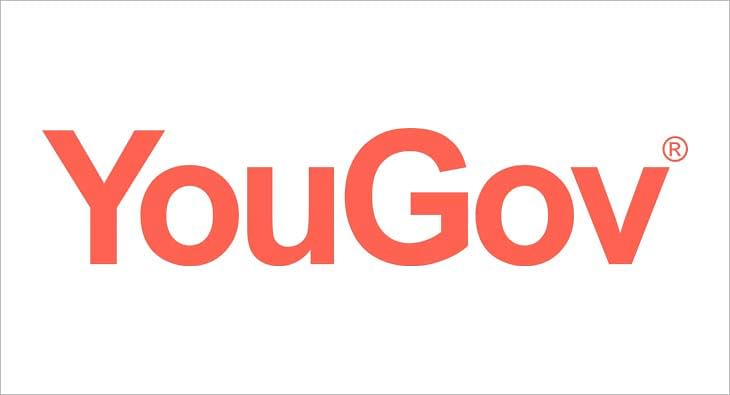
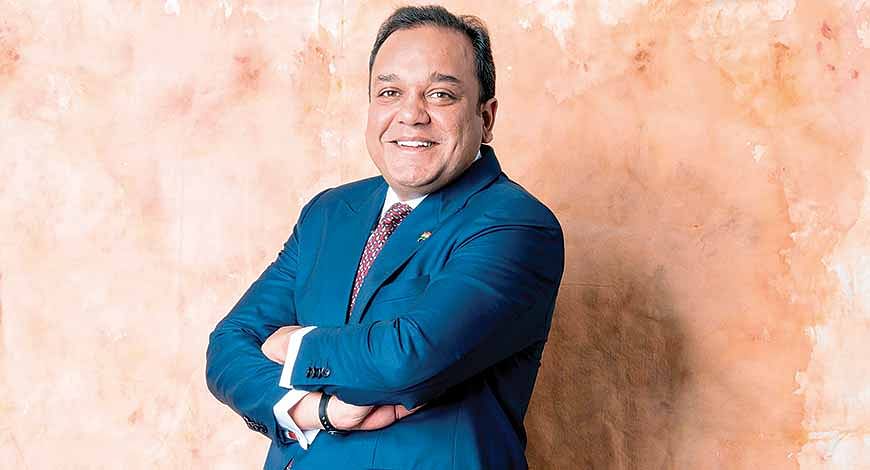
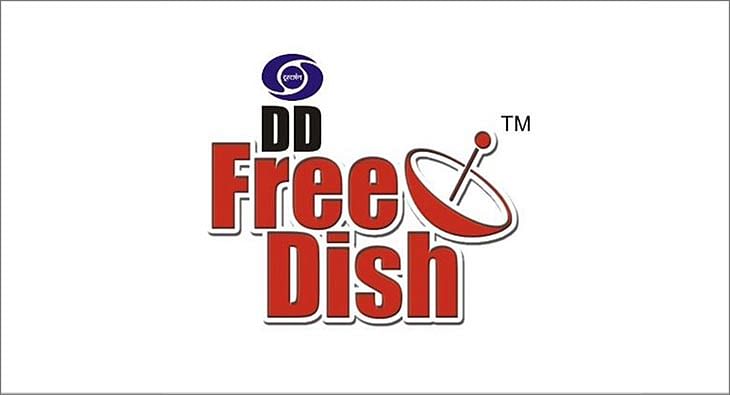







 Share
Share